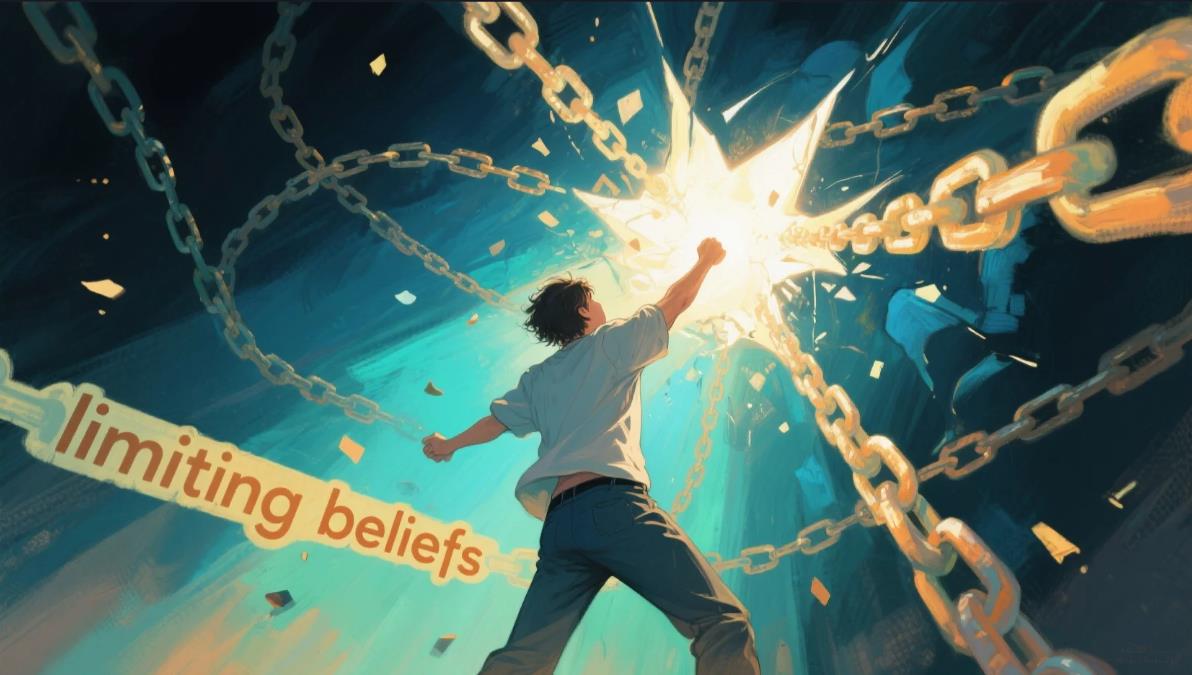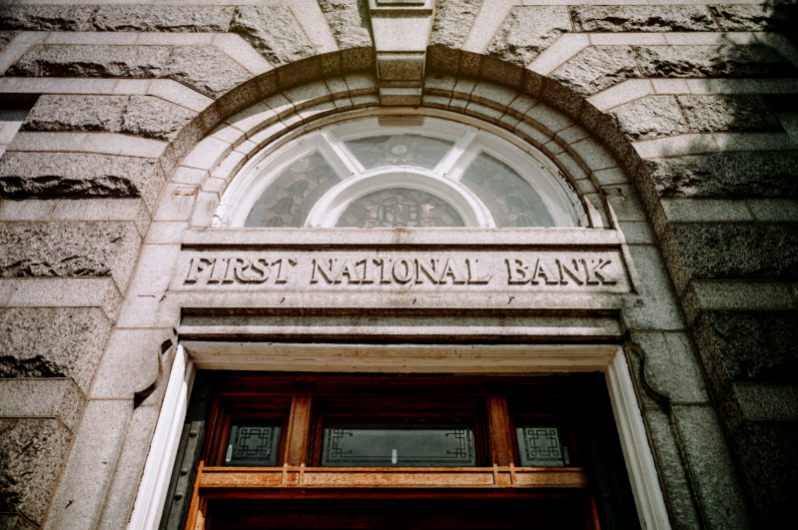In the long river of history, financial events are like a complex maze, attracting the attention of countless explorers. The interpretation of these financial events often presents rashomon-like diversity, and people from different positions and perspectives have completely different understandings of the same event.

Taking the 2008 global financial crisis as an example, this global financial disaster has been given different meanings by different voices. In some people's view, this is the result of financial institutions taking excessive risks and chasing profits. They accuse those elites on Wall Street of pushing the whole financial system into the abyss for their own interests. They believe that the greed and short-sightedness of financial institutions are the root of this crisis, and the dereliction of duty of regulatory agencies allows this behavior to breed and spread.
However, in the eyes of others, the crisis is not entirely the responsibility of financial institutions. They pointed out that the government's monetary policy and regulatory policy played an important role in it. The low interest rate policy stimulated the bubble in the real estate market, and the regulators failed to detect and stop the expansion of this bubble in time, which led to the outbreak of the crisis. From this point of view, the crisis is the result of many factors, and it cannot be simply attributed to one party.
Another example is the crash of the American stock market in 1929. Some people think that this is the inevitable result of excessive speculation in the stock market. Investors' blind follow-up and leveraged trading make the market bubble blow bigger and bigger and eventually burst inevitably. They stressed that the irrational prosperity of the market and the greed of investors were the main reasons for the crash.

However, there are also views that there have been problems in the economic fundamentals at that time, such as overproduction and insufficient consumer demand, and the stock market crash is only the external manifestation of these problems. They turned their attention to the deeper contradiction of economic structure and thought that the collapse of the stock market was the result of the imbalance of the whole economic system.
This different interpretation of the same financial event reflects the complexity and diversity of the financial world. Different stakeholders, different academic backgrounds, different historical views and values will affect people's understanding and judgment of financial events. Financial institutions, investors, regulators, scholars, the public and other parties all stand on their own positions and try to interpret the nature and causes of the incident.
Financial institutions may pay more attention to their own interests and risks, while investors are concerned about their own investment returns and losses. Regulators should consider the stability and order of the market, while scholars try to analyze it from a theoretical and historical perspective, while the public may be more influenced by emotions and public opinion. These different perspectives are intertwined, which makes the interpretation of financial events confusing.

This phenomenon of multiple interpretations also reminds us that when studying and understanding financial history, we should not draw conclusions easily, but should comprehensively consider various viewpoints and evidence and strive to restore the whole picture of the incident. Only in this way can we draw lessons from history and provide useful reference for future financial development. The Rashomon of financial history is both a challenge and an opportunity, which urges us to think deeply and explore the mysteries of the financial world.







